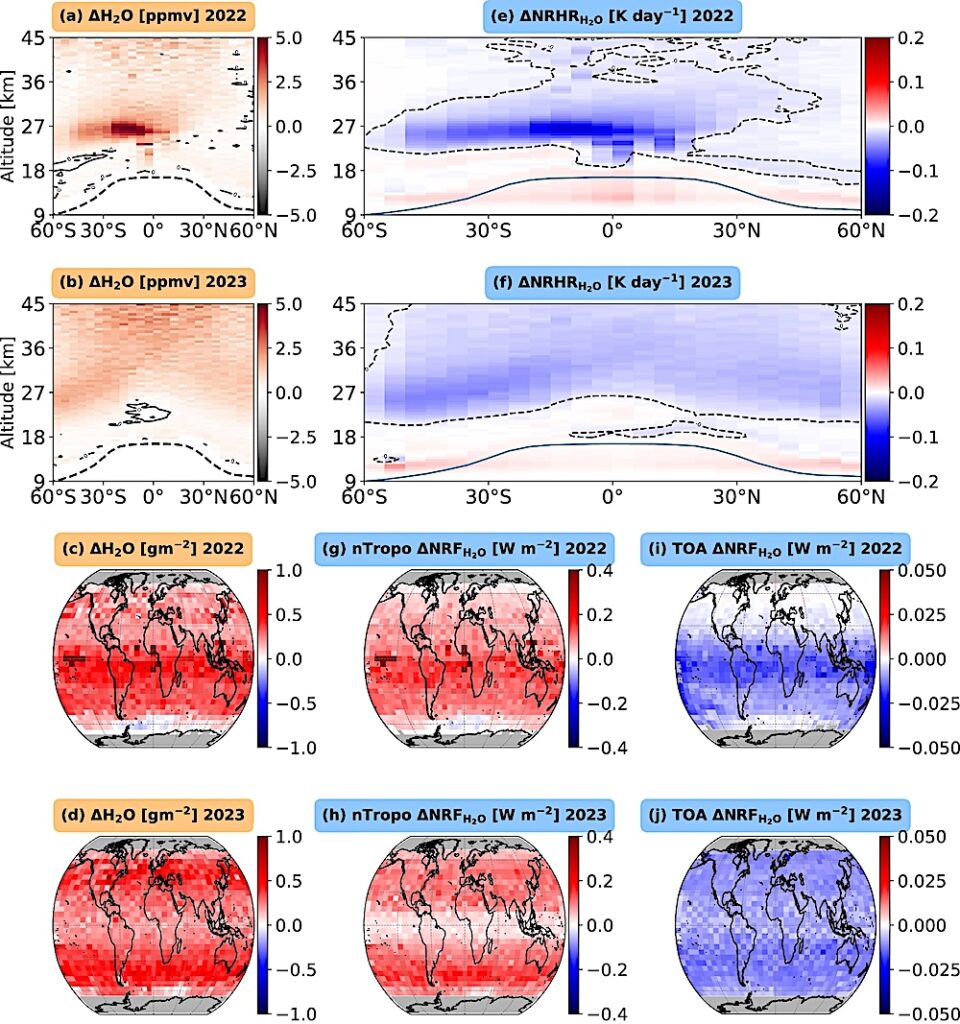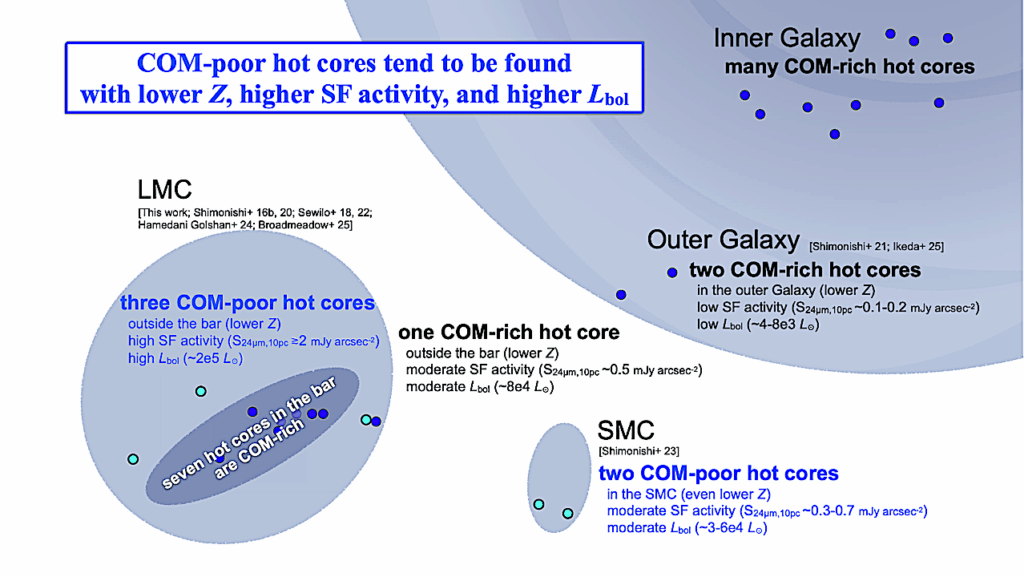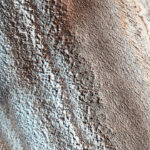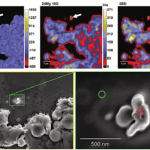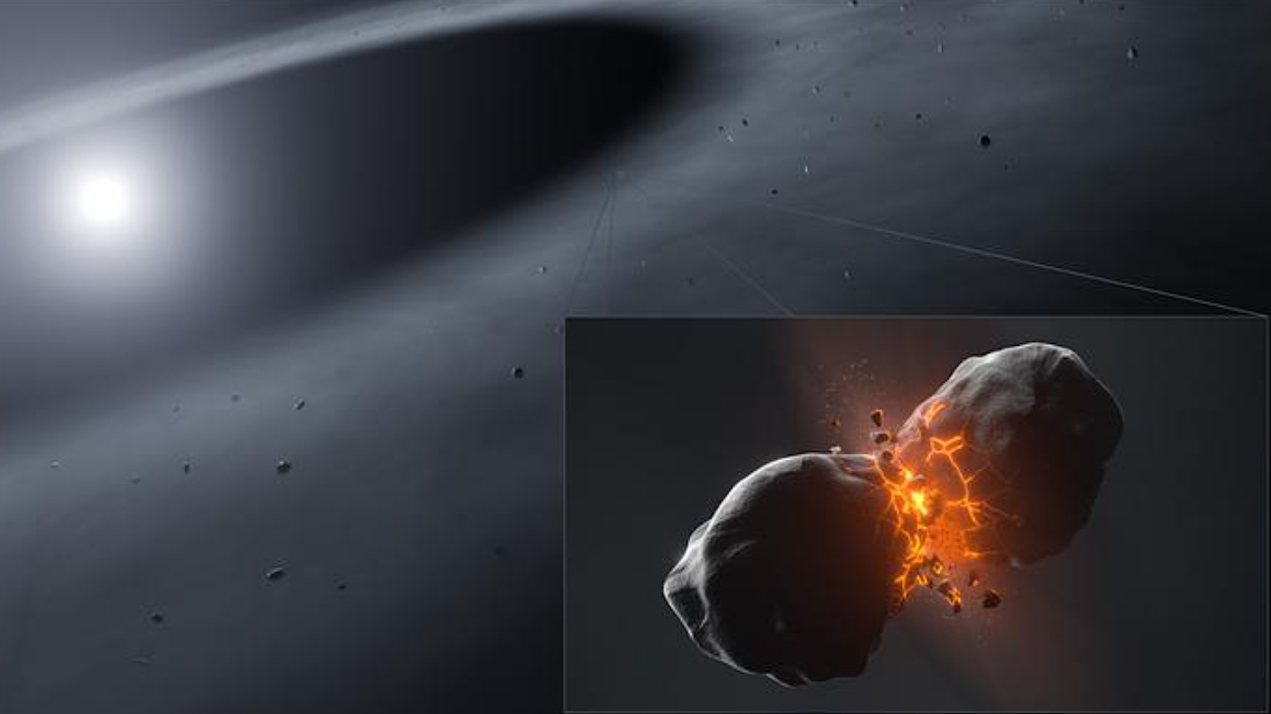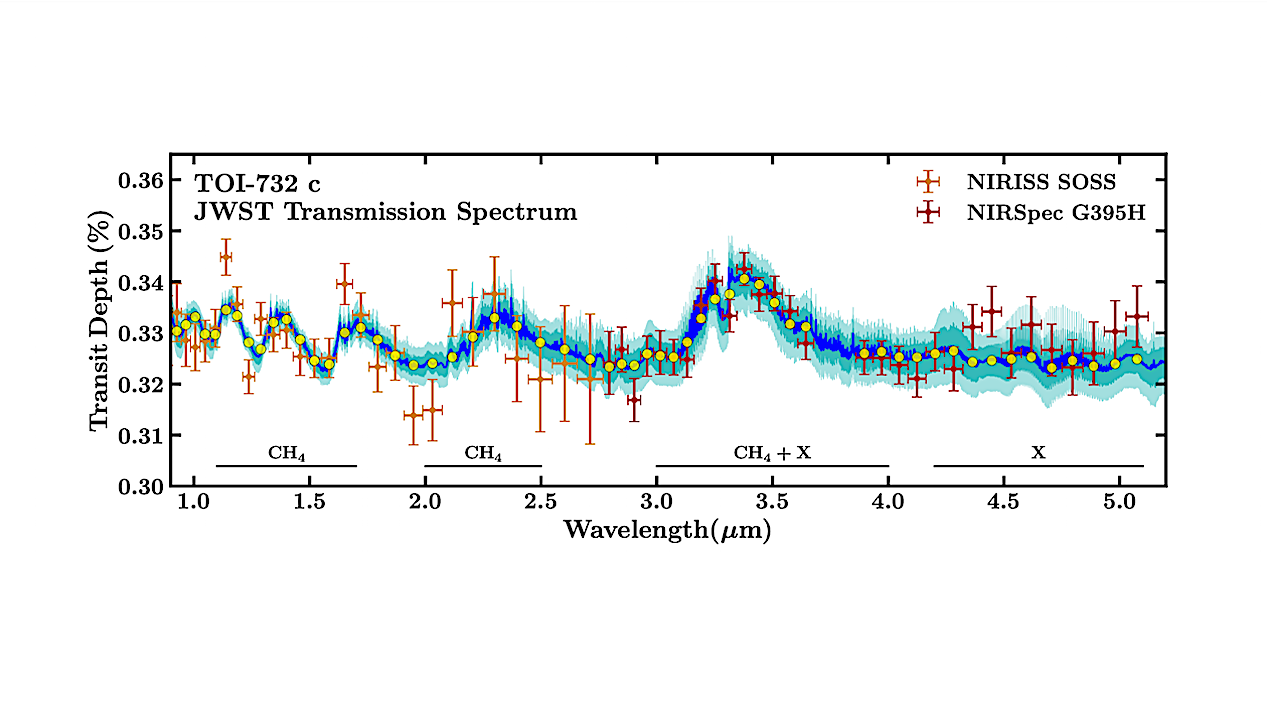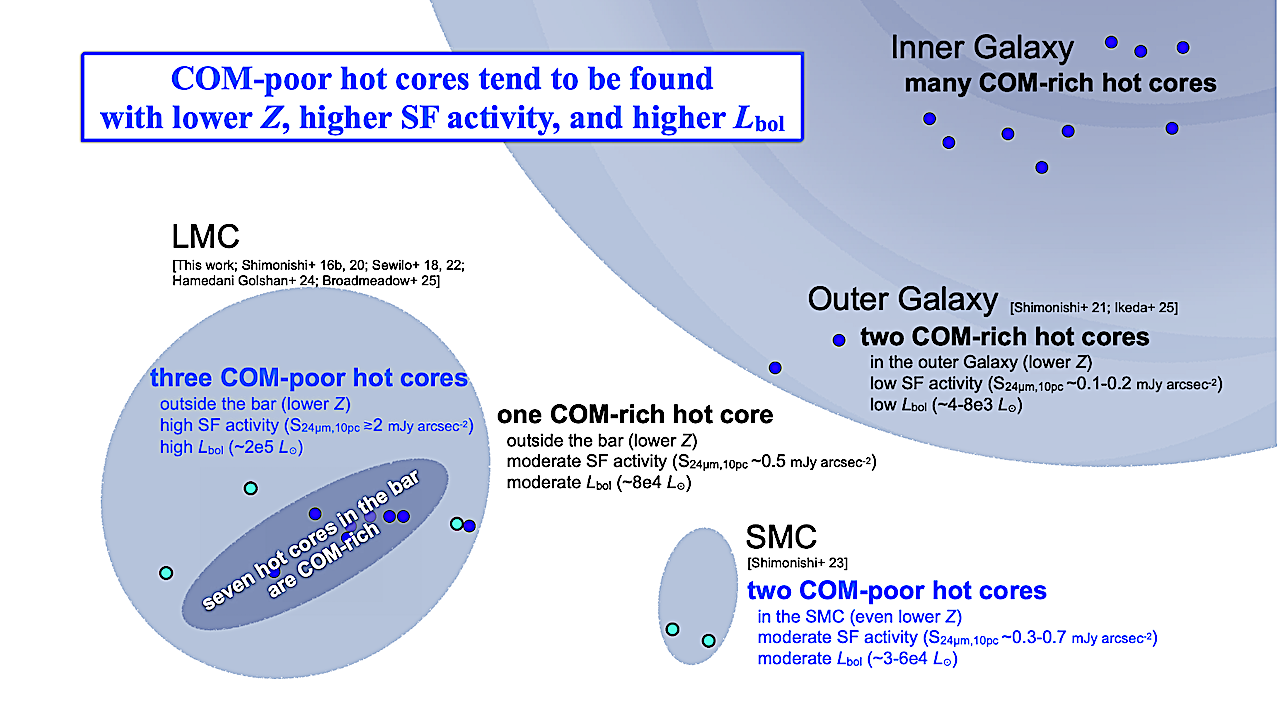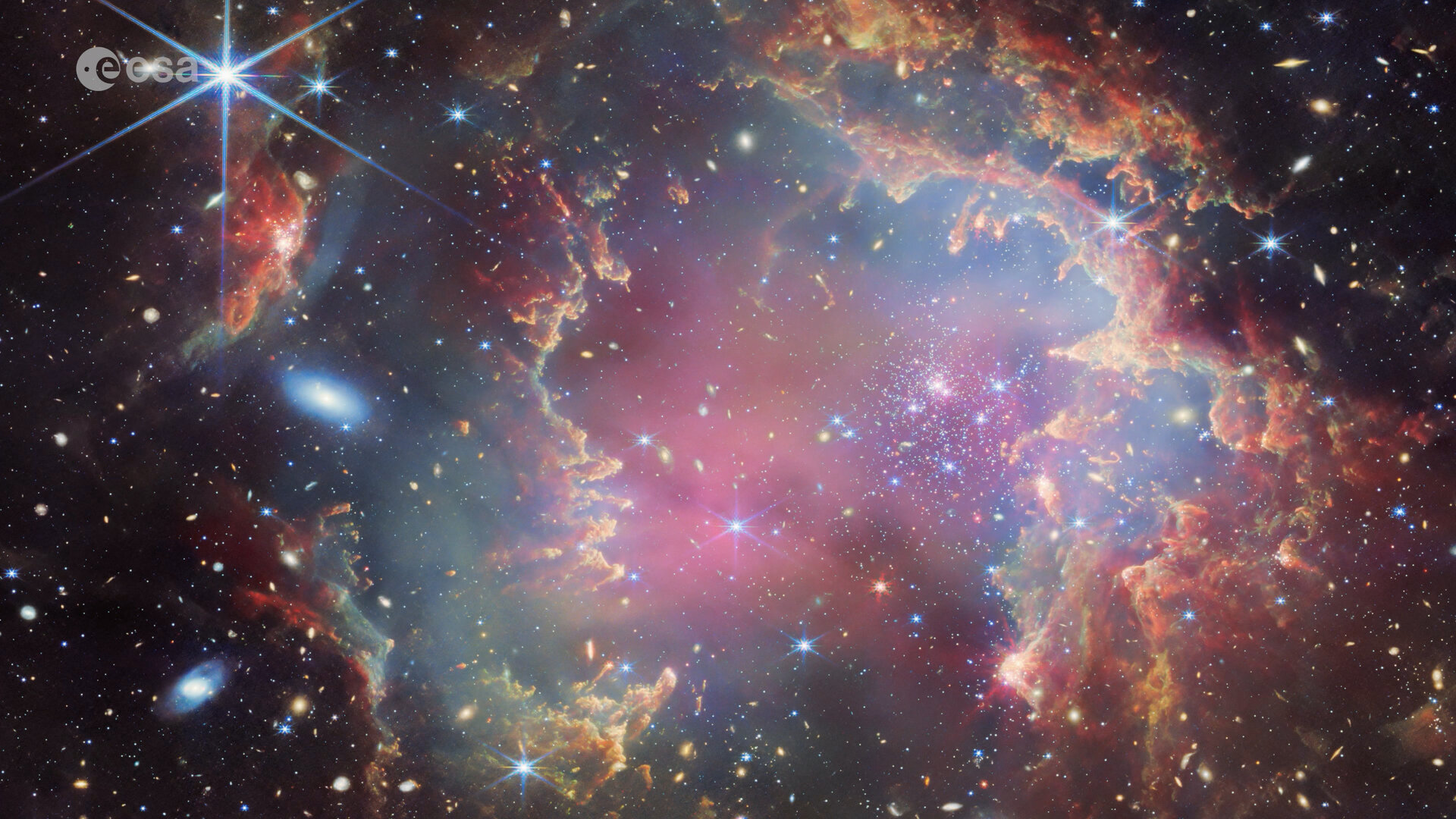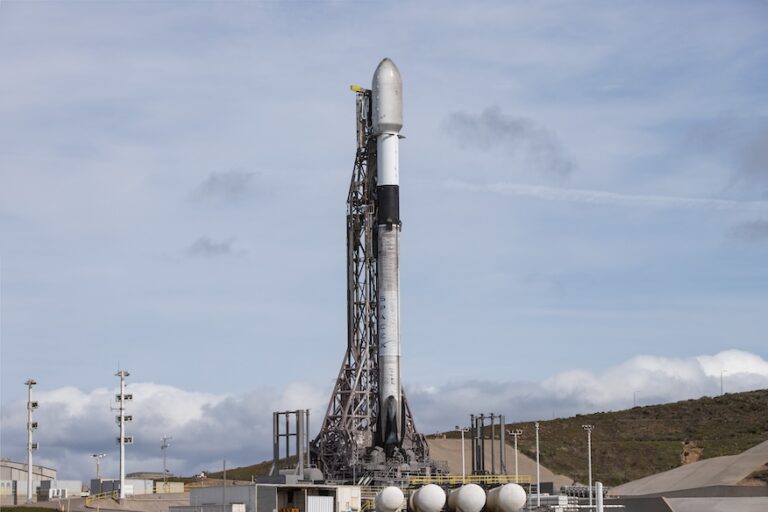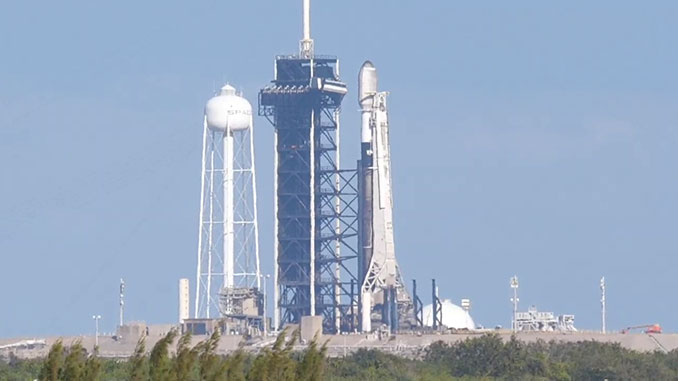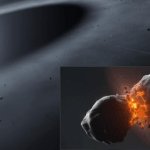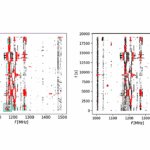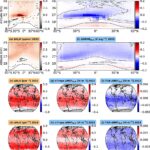As 2025 draws to a close, it feels like just yesterday when I signed the agreement to assume leadership of Astronomy Now at the Royal Astronomical Society in June. The
On 17 December, two new Galileo satellites lifted off from Europe’s Spaceport in French Guiana aboard an Ariane 6 rocket. This marked the 14th launch for Europe’s satellite navigation operational
EO Science Earth Observatory A Siberian Snowman in Billings Earth Earth Observatory Image of the Day EO Explorer Topics All Topics Atmosphere Land Heat & Radiation Life on Earth Human
Southwest Research Institute’s novel Compact Dual Ion Composition Experiment (CoDICE) instrument aboard NASA’s Interstellar Mapping and Acceleration Probe (IMAP) spacecraft has successfully collected first-light data. IMAP launched in September to
File: A SpaceX Falcon 9 rocket stands ready to launch the Starlink 7-14 mission from Vandenberg Space Force Base. Image: SpaceX SpaceX is preparing for the launch of its Falcon
The European Space Agency’s Proba-3 mission has made significant strides in advancing solar observation since its launch in December 2024. Within less than a year of operations, the mission has
Keith Cowing Explorers Club Fellow, ex-NASA Space Station Payload manager/space biologist, Away Teams, Journalist, Lapsed climber, Synaesthete, Na’Vi-Jedi-Freman-Buddhist-mix, ASL, Devon Island and Everest Base Camp veteran, (he/him) 🖖🏻 Follow on
WASHINGTON — A U.S. Space Force and NASA experiment is set to launch later this week to test a new small-satellite architecture designed for operations in very low Earth orbit.
WASHINGTON — Digantara Industries, an Indian space situational awareness company, has raised $50 million as it expands into the United States and pursues opportunities in missile defense. The company announced
File: A Falcon 9 booster stands ready for the Starlink 12-2 mission at launch complex 39A. Image: Spaceflight Now. Update Dec. 16, 7:50 p.m. EST (0050 UTC): SpaceX pushed back
-
 01From Polymerization-Enabled Folding and Assembly to Chemical Evolution: Key Processes for Emergence of Functional Polymers in the Origin of Life
01From Polymerization-Enabled Folding and Assembly to Chemical Evolution: Key Processes for Emergence of Functional Polymers in the Origin of Life -
 02Panasonic Leica Summilux DG 15mm f/1.7 ASPH review
02Panasonic Leica Summilux DG 15mm f/1.7 ASPH review -
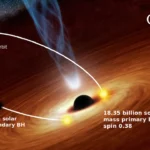 03Two Black Holes Observed Circling Each Other for the First Time
03Two Black Holes Observed Circling Each Other for the First Time -
 04How New NASA, India Earth Satellite NISAR Will See Earth
04How New NASA, India Earth Satellite NISAR Will See Earth -
 05And Thus Begins A New Year For Life On Earth
05And Thus Begins A New Year For Life On Earth -
 06Astronomy Activation Ambassadors: A New Era
06Astronomy Activation Ambassadors: A New Era -
07SpaceX launch surge helps set new global launch record in 2024





